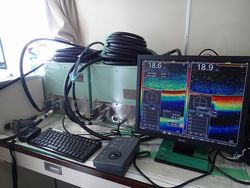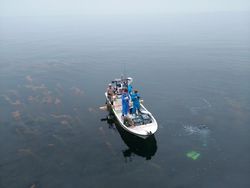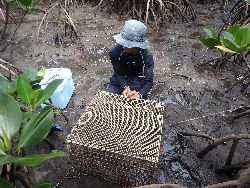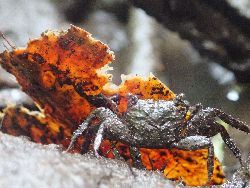Aquatic Ecology Division
Member
HORINOUCHI Masahiro
KAWAIDA Shun
About
Brackish water areas are considered to be one link in a “critical chain of habitats”, and important not only for fisheries, but also for high biodiversity of overall coastal area, because they play important roles in the coastal ecosystem. For example, some aquatic organisms in other habitats migrate to brackish water areas for foraging. Many aquatic organisms, including commercially important ones and/or ones whose adults reside in other habitats, utilize brackish water areas as a nursery. In recent years, however, extensive disturbances to brackish water areas have occurred all around the world. Therefore, it is urgently needed to establish the strategies for conservation/restoration of the brackish water areas. Clarifications of life history traits, relationships with environmental factors and population/assemblage dynamics of organisms occurring in brackish water areas are quite important for clarification of mechanisms underlying the ecosystem services provided by the areas, which in turn contributing to establishment of the conservation/restoration strategies.
This division mainly targets a variety of issues of basic and applied ecology such as life history traits and population/assemblage dynamics of aquatic organisms, in order to contribute to better understandings of the mechanisms responsible for the maintenance of high biodiversity or local fisheries in coastal areas and also to the establishment of efficient strategies for environmental conservation/restoration. In addition, this division explores unused fishery resources and investigates the possible utilization of them in order to contribute to activation of regional economics through local fisheries development.





